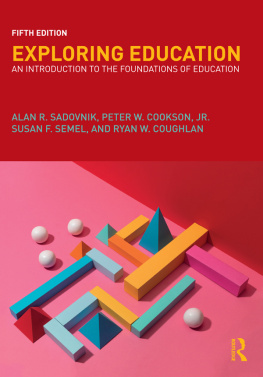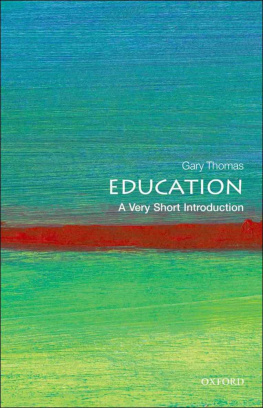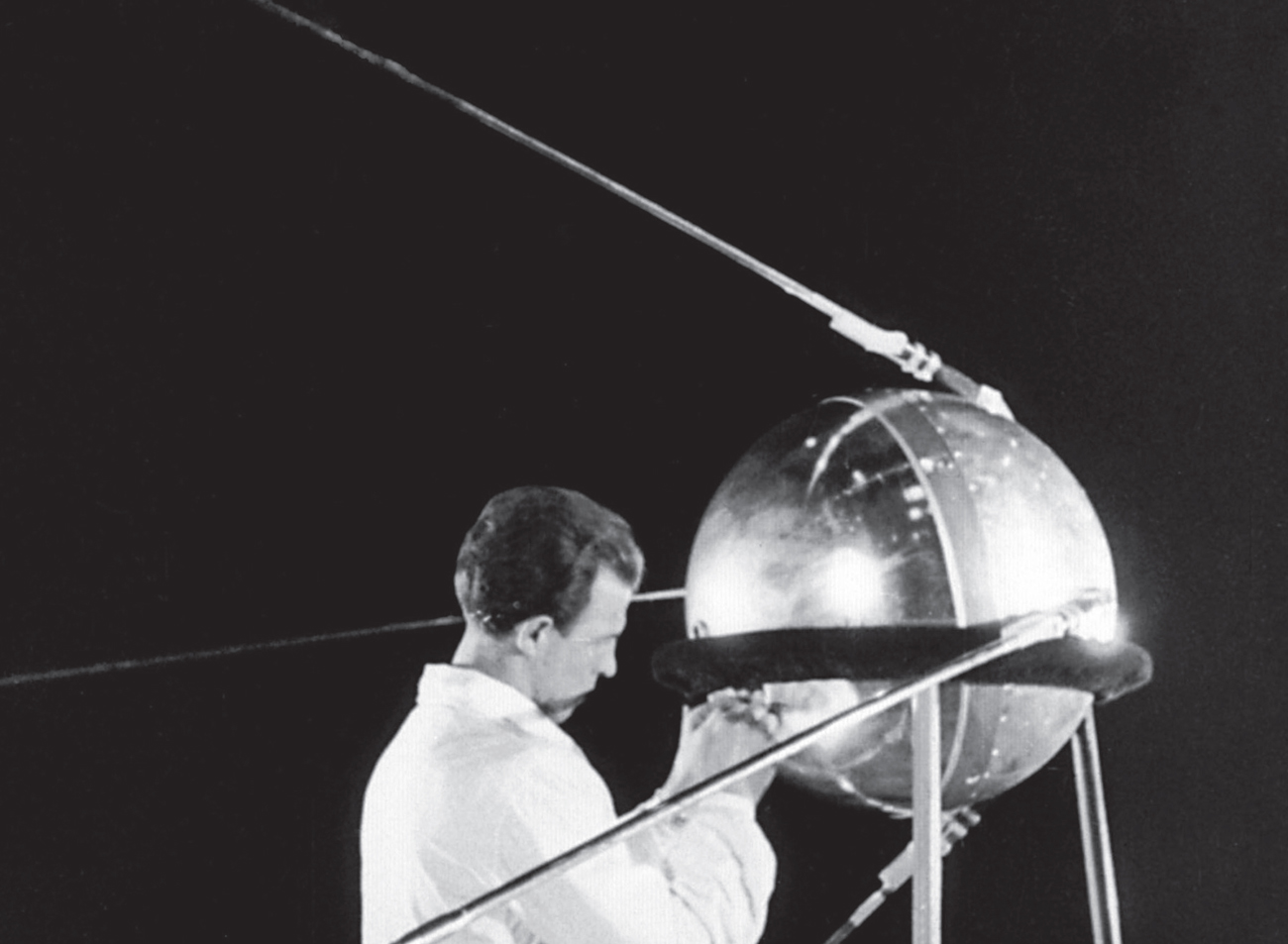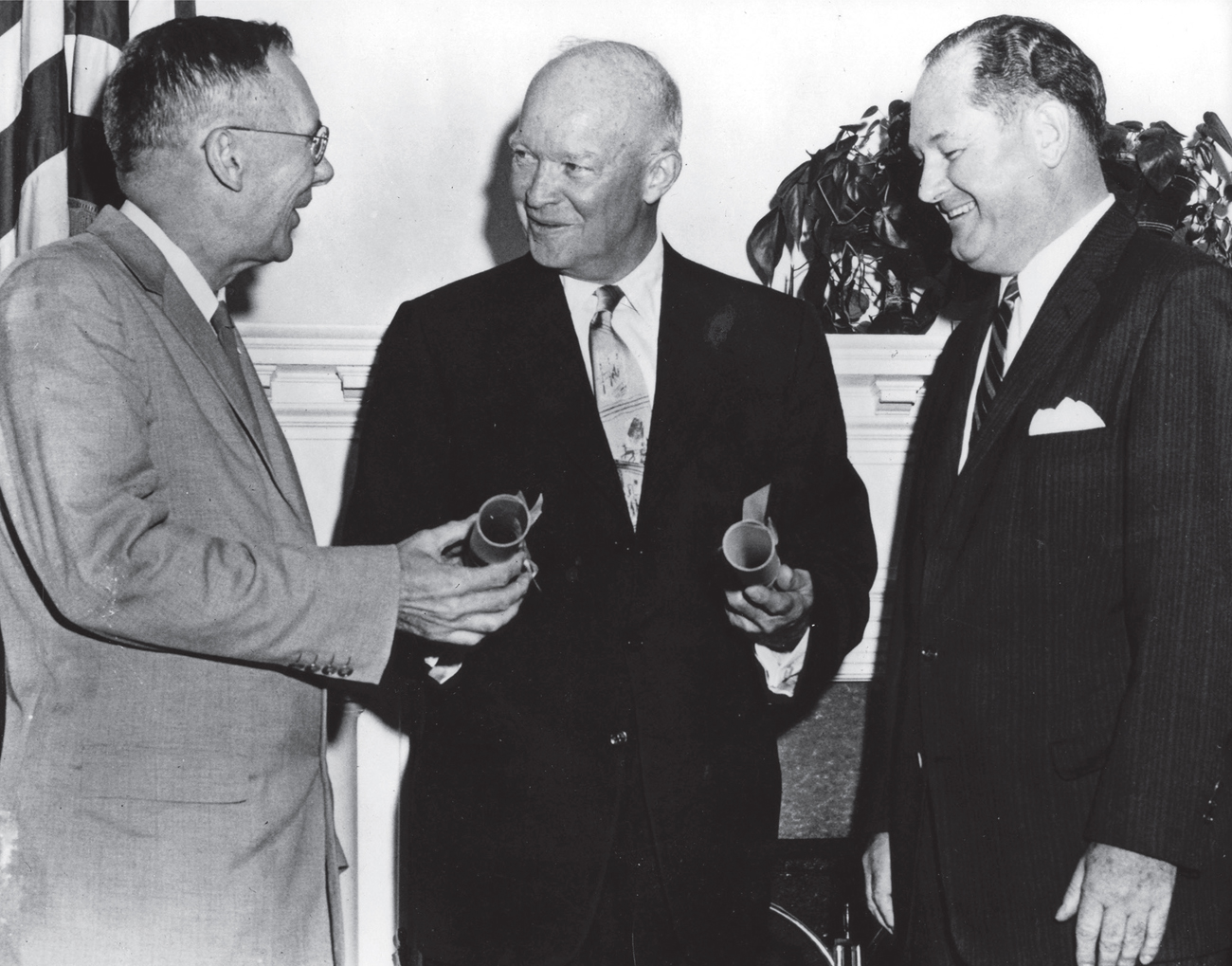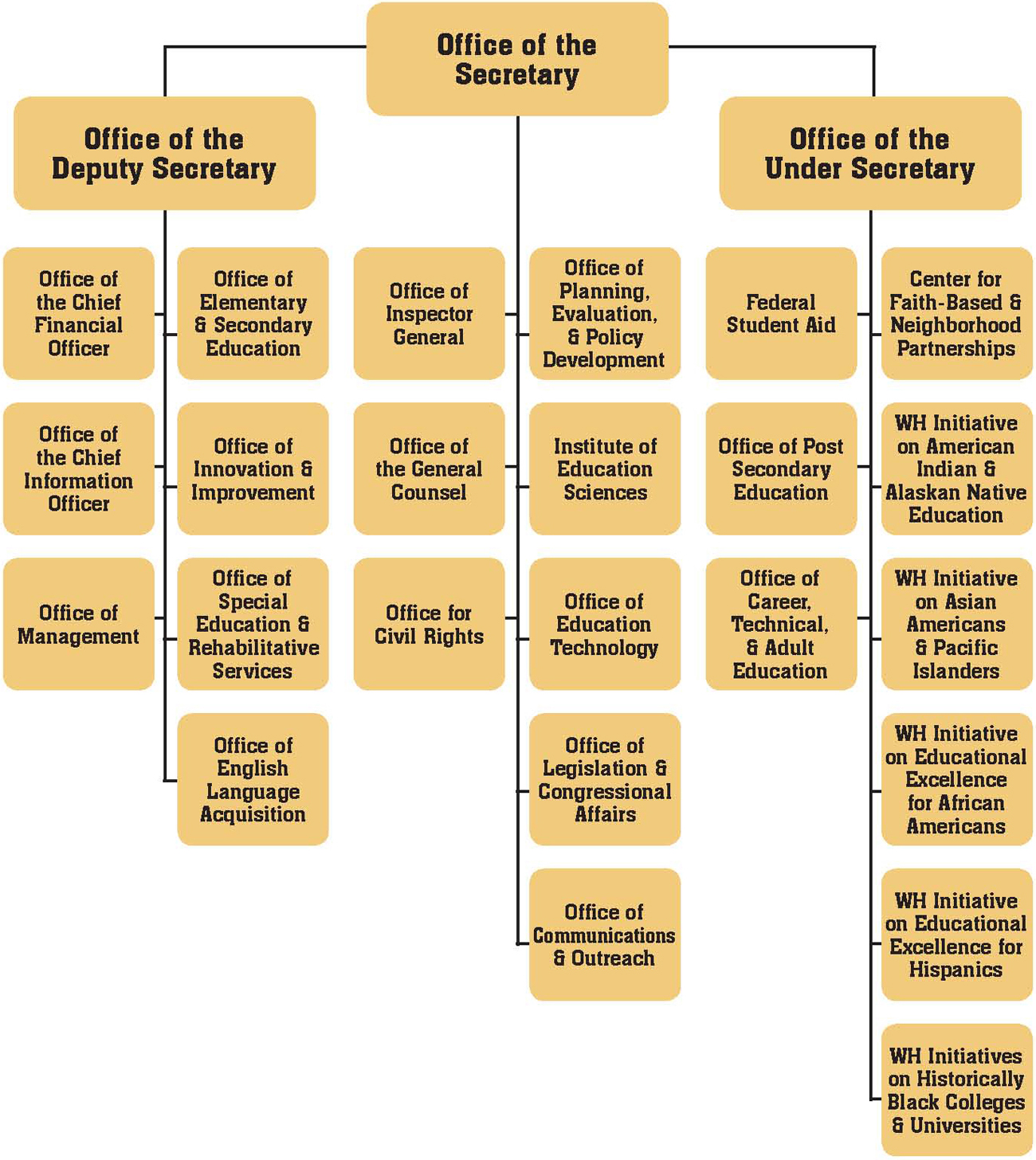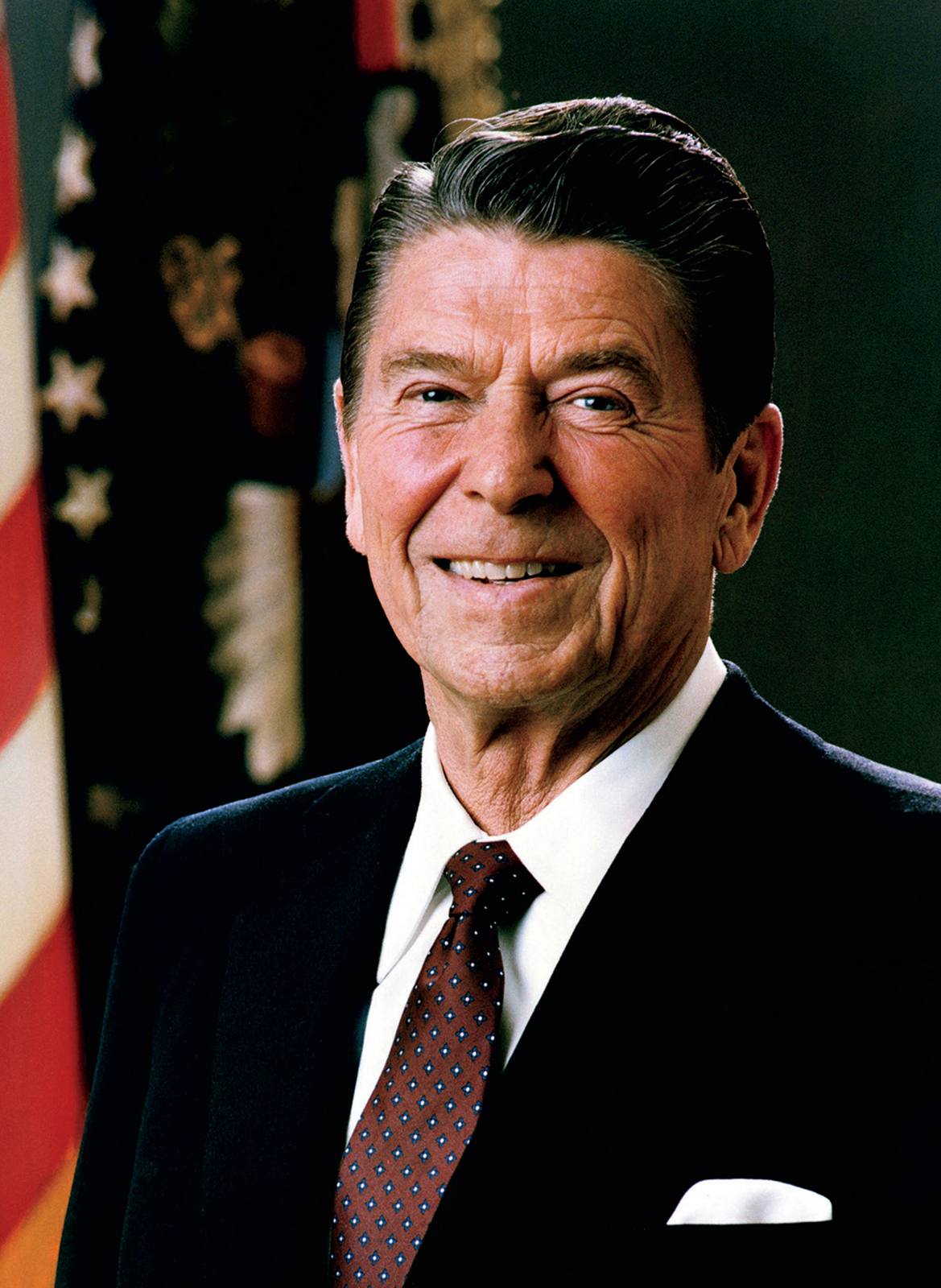CHAPTER ONE
It Was Rocket Science
Wow, youre good at math. Ever thought about engineering? Would you like to go to science camp this summer? Those girls built a robot that can pick up dog poop!
For the last two decades, students have been urged to explore STEM classes or activities. STEM is short for science, technology, engineering, and math. Because of a shortage of qualified professionals in those fields, the Department of Education under Presidents George W. Bush and Barack Obama created a big push to educate future experts. While the push was a success, the market for STEM professionals is growing faster than students can earn their degrees.
The first time this happened there was no Department of Education. For that matter, there was no STEM. The Department of Education as it is today was created in 1979. The term STEM was first used in 2001. But the story of STEM and the Department of Education starts in 1957 with a bleeping sound in the key of A-flat. The sound came from a Russian satellite that circled the globe. Military and short-wave radio operators tracked its progress as an alarmed nation waited to see what would happen next.
The Soviet-Russian were competing with each other for world dominance. Since no one wanted to use nuclear weapons again, they had what was called a cold war, using threats rather than aggression. The United States was certain that its military and space technology were superior, so Sputnik caused a panic across the United States. People were afraid that if the Soviets could launch a satellite, they could also launch missiles to bomb the United States.
The space race spurred U.S. interest in science, technology, engineering, and math (STEM) education.
While the Army Security Agency, the U.S. Armys electronic intelligence branch, monitored Sputniks course around Earth, the government scrambled to act. The United funding for education in three years. Education was mostly paid for by state and local taxes.
Senator Lister Hill of Alabama changed the name of the education funding bill to the National Defense Education Act. By tying education funding to an increase in national security, Congress passed the bill and President Dwight D. Eisenhower approved it in 1958. The National Defense Education Act gave loans and grants to college students and teachers in science, math, and technology education.
The Soviets were the first to orbit Earth with their satellite, Sputnik.
Additional funds were used to expand college library collections in those subjects. Library funding was also later extended to elementary and high schools.
The realization that the United States wasnt ahead in the space race or in education was a jolt for Congress, the president, and the nation as a whole. The government resolved to catch up and surpass the Soviet Union. The National Aeronautics and Space Administration (NASA) was created in July 1958. Congress got the United States into orbit.
But there wouldnt be a Department of Education for another 21 years.
President Dwight D. Eisenhower (center) commissioned two scientists to lead the newly formed NASA in 1958 .
The Smallest Seat at the Table
The Department of Education is the smallest department represented in the cabinet. The cabinet is a group of advisors to the president. They each represent a department in the executive branch of the government. The cabinet meets frequently to advise the president on matters related to their departments. Cabinet members are called secretaries. They are in charge of areas including Defense, Commerce, Treasury, Energy, Labor, and Homeland Security. The vice president is also a cabinet member.
Each president appoints secretaries for each department. They replace those appointed by the previous president. The Senate must approve the presidents choice before the secretary can begin his or her job. The Senate does not always approve presidential appointees. Sometimes the candidate is unqualified or has a . The Senate needs a majority vote to approve a candidate. If there is a tie, the vice president, who is also president of the Senate, casts the tiebreaking vote. If a candidate isnt confirmed by the Senate, the president needs to find someone else.
The Department of Education employs a staff of about 4,400. That is about 4 percent the size of the Department of Justice staff, which at last count numbered more than 107,000. The departments annual budget depends on what the president requests from Congress each year.
Operating Structure of the Department of Education
Not all
President Ronald Reagan disagreed with the need for a Department of Education.
Although some presidents preferred to leave education to the is affected by the actionor inactionof the administration on education issues. Halfway through his presidency, Reagan switched his position on education to one that was more popular with voters.
The Department of Education has been a political ping-pong ball since the beginning. Republicans hold one ping-pong paddle and Democrats hold the other. The Republican Party believes that education is a state issue and the federal government should stay out of it. Democrats want federal support for education. They worry that without government help many educational programs and scholarships will end. The opposing sides have batted this issue back and forth for more than 150 years.
With each new president, there is a new plan for education. More than one president has planned to abolish the Department of Education completely.
How much does your state spend on your public school education?
- Alabama $9,236
- Alaska $17,510
- Arizona $7,613
- Arkansas $9,846
- California $11,495
- Colorado $9,575
- Connecticut $18,958
- Delaware $14,713
- District of Columbia $19,159
- Florida $8,920
- Georgia $9,769
- Hawaii $13,748
- Idaho $7,157
- Illinois $14,180
- Indiana $9,856
- Iowa $11,150
- Kansas $9,960
- Kentucky $9,863
- Louisiana $11,038
- Maine $13,278
- Maryland $14,206
- Massachusetts $15,593
- Michigan $11,668
- Minnesota $12,382
- Mississippi $8,702
- Missouri $10,313
- Montana $11,348
- Nebraska $12,299
- Nevada $8,960
- New Hampshire $15,340
- New Jersey $18,402
- New Mexico $9,693
- New York $22,366
- North Carolina $8,792










